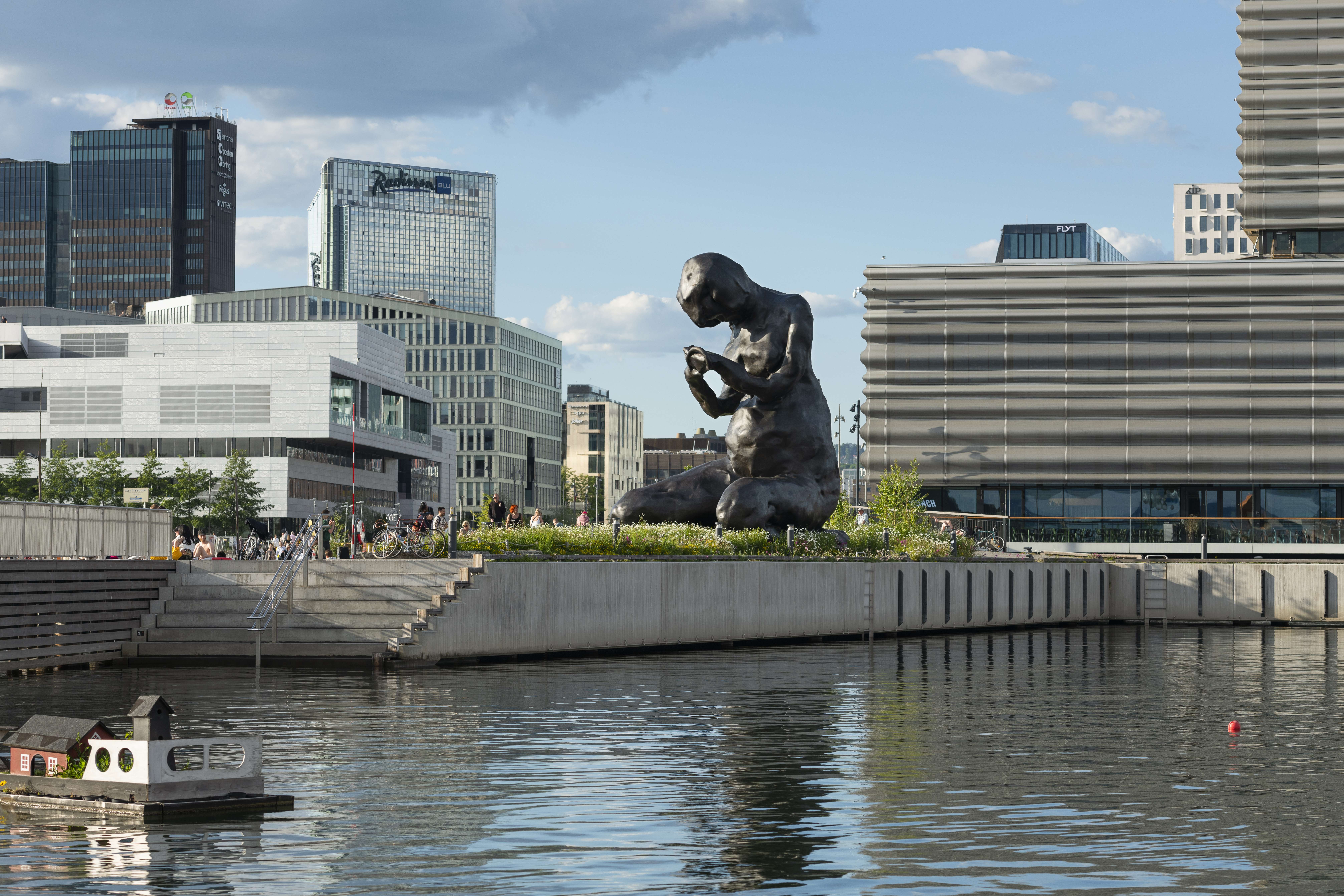
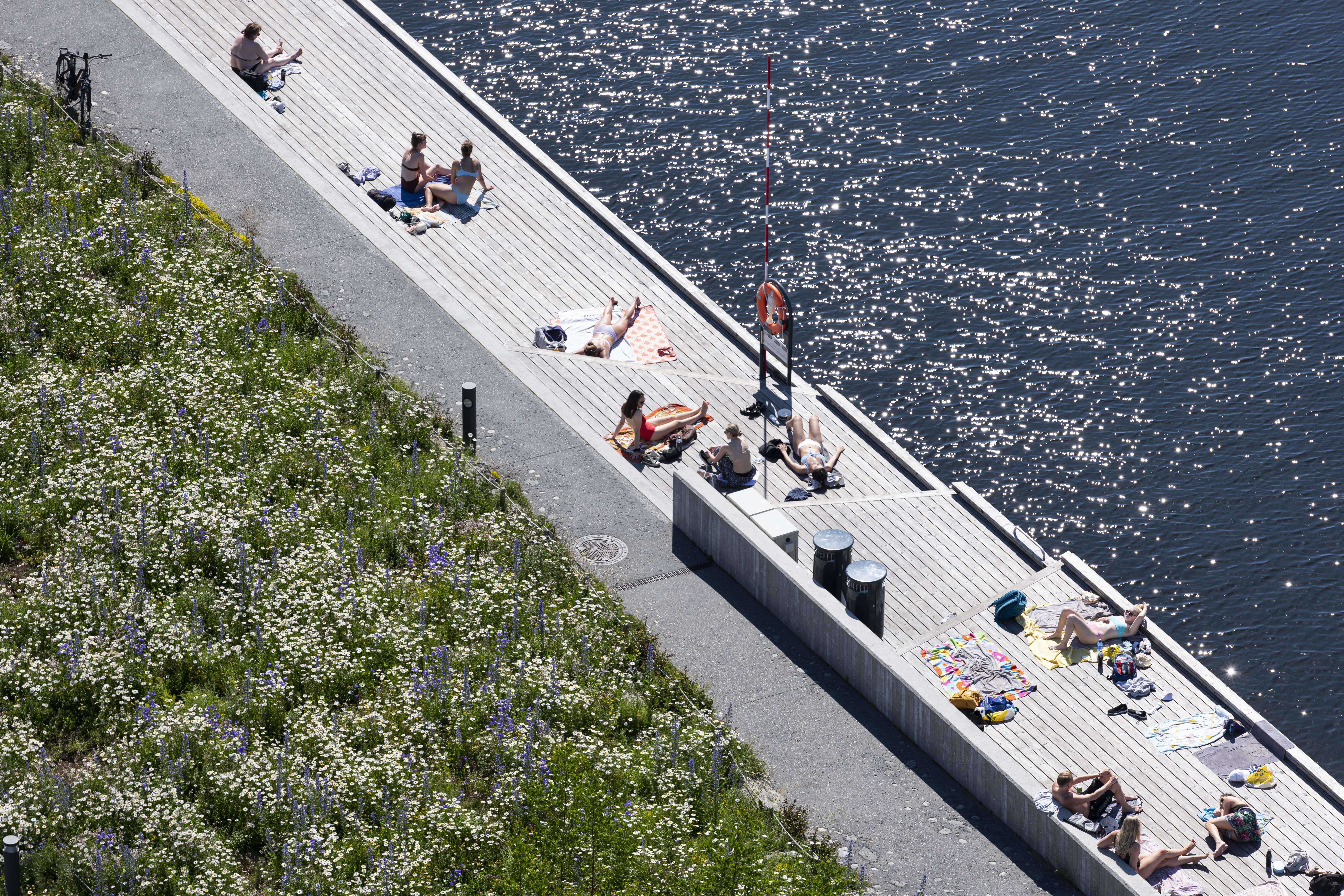
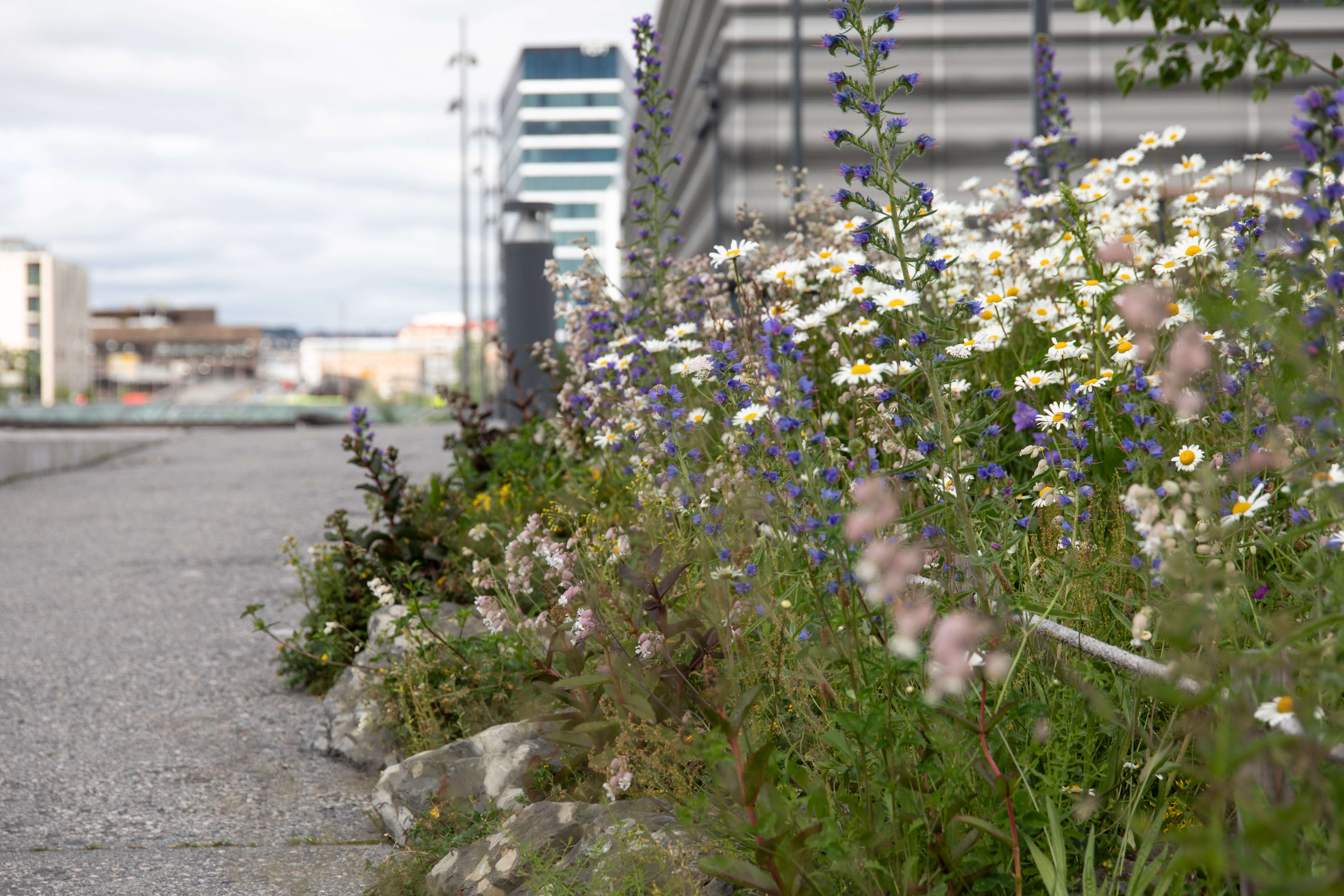


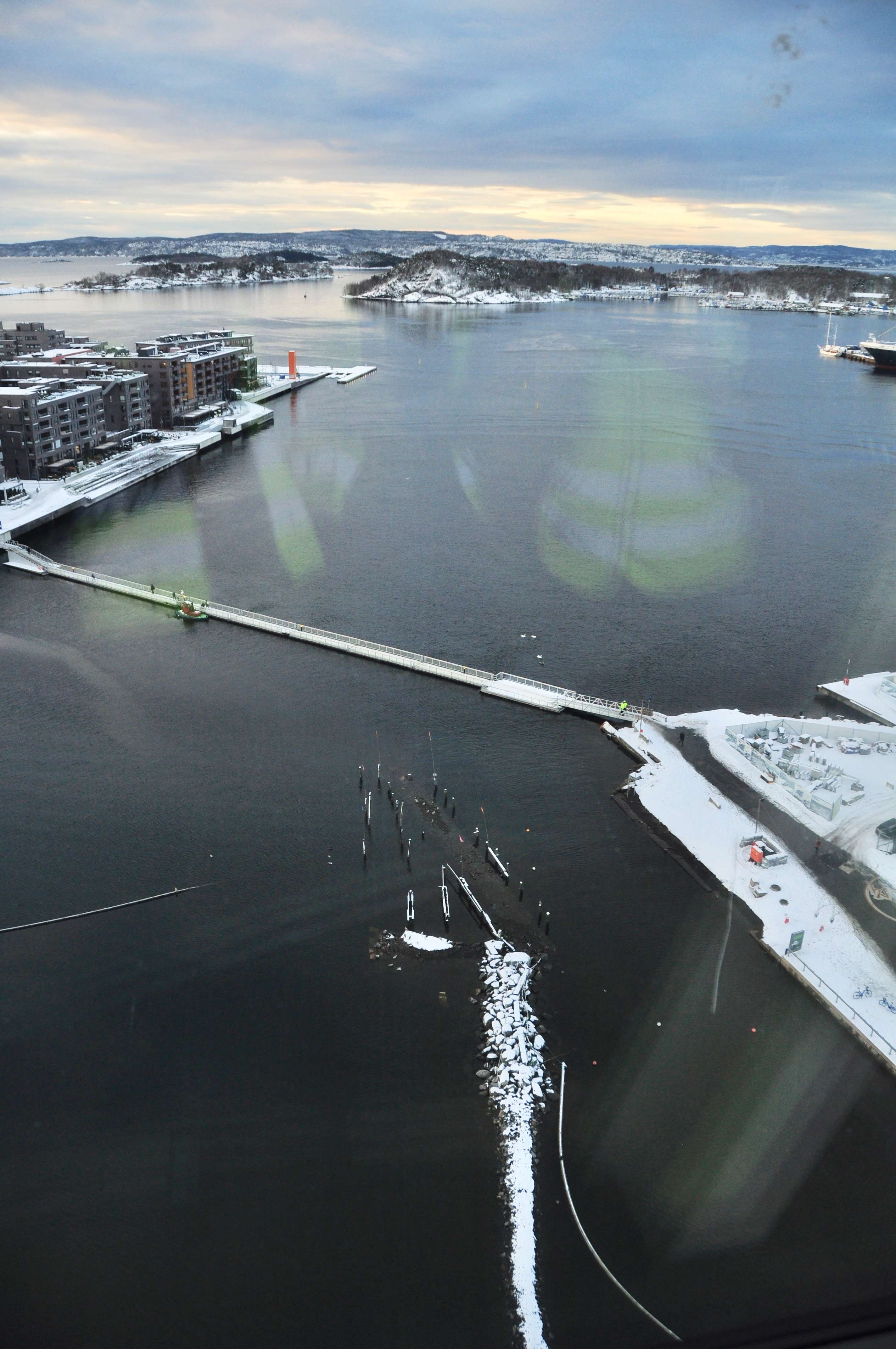
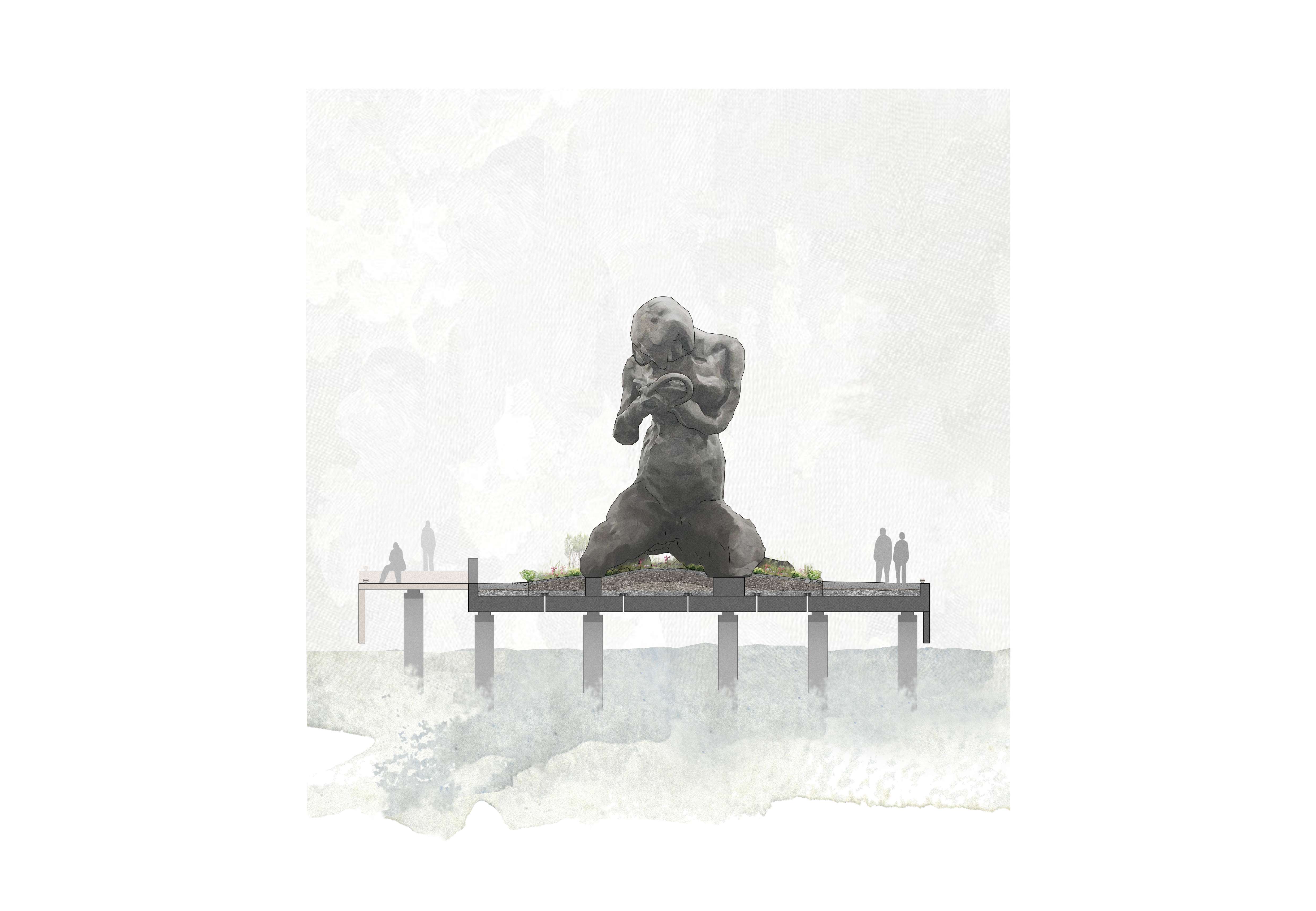
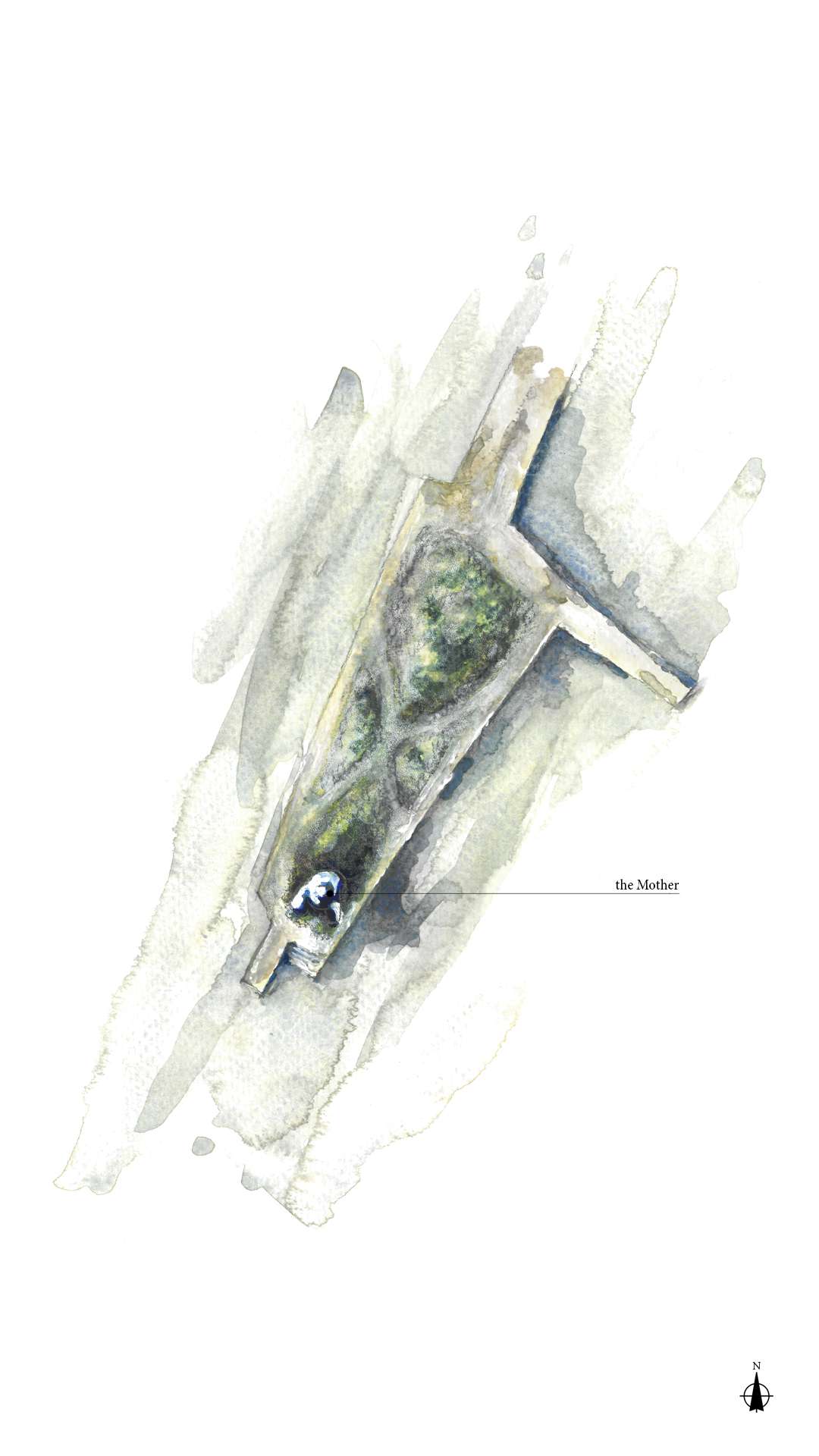
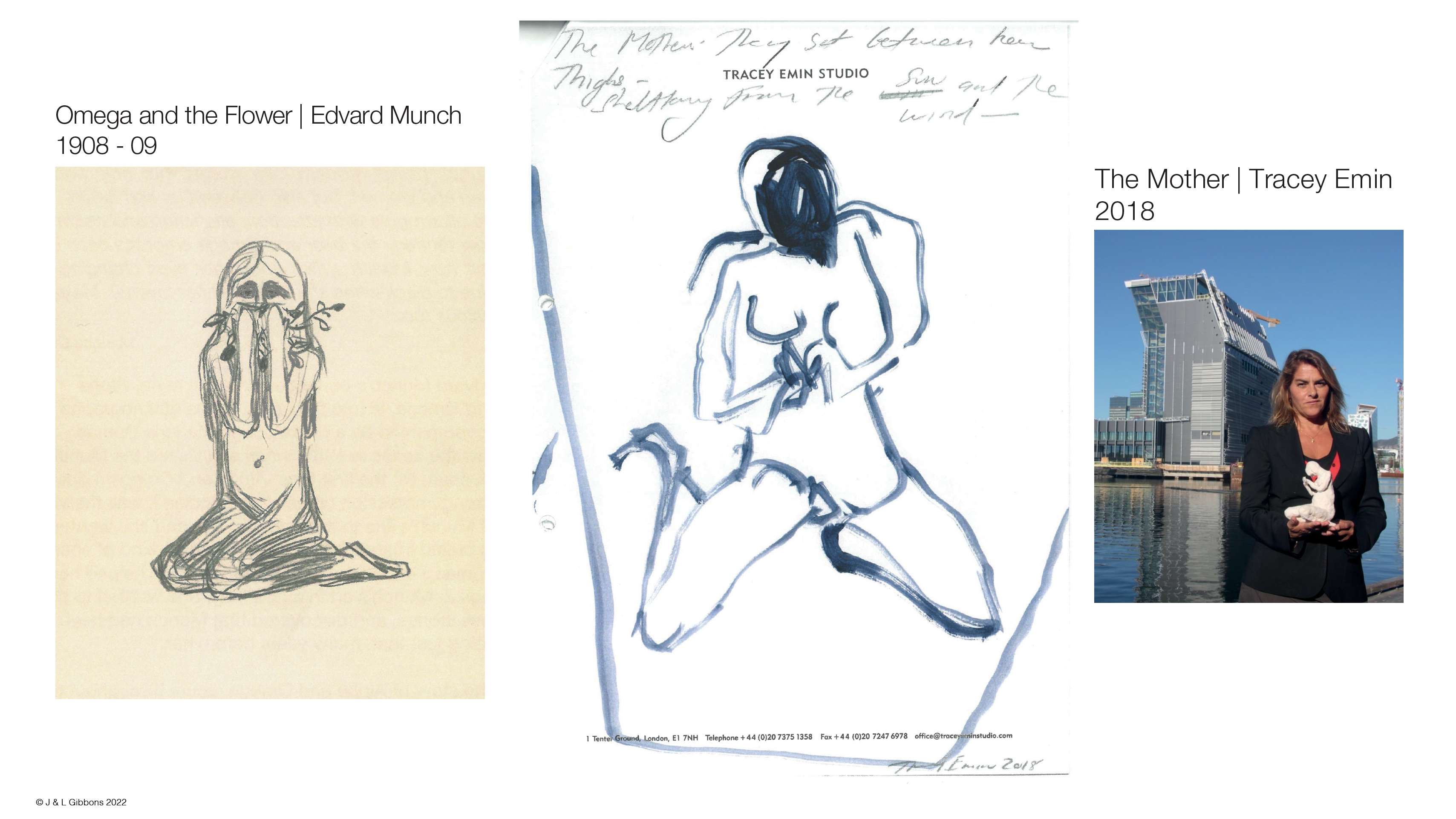

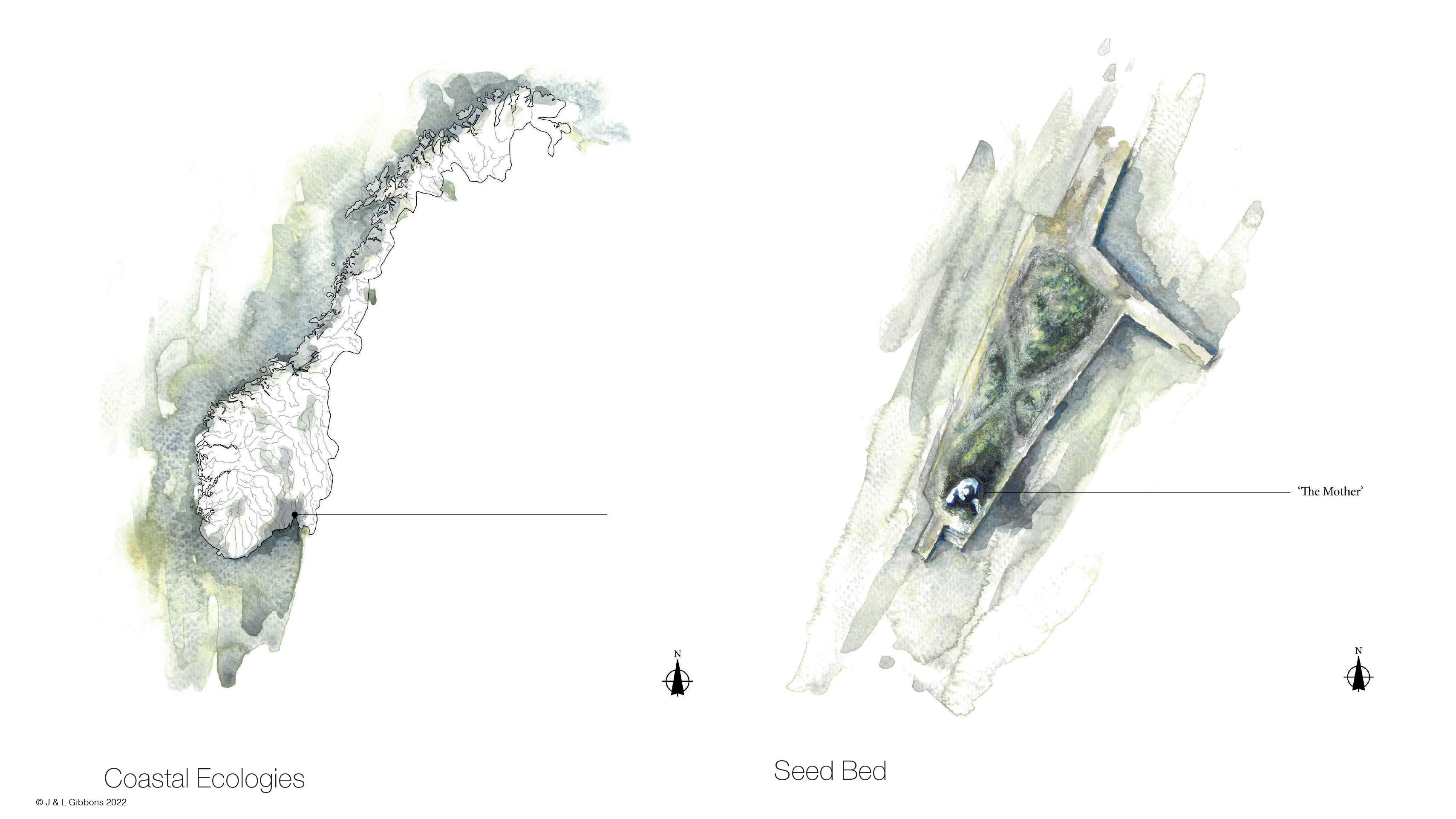
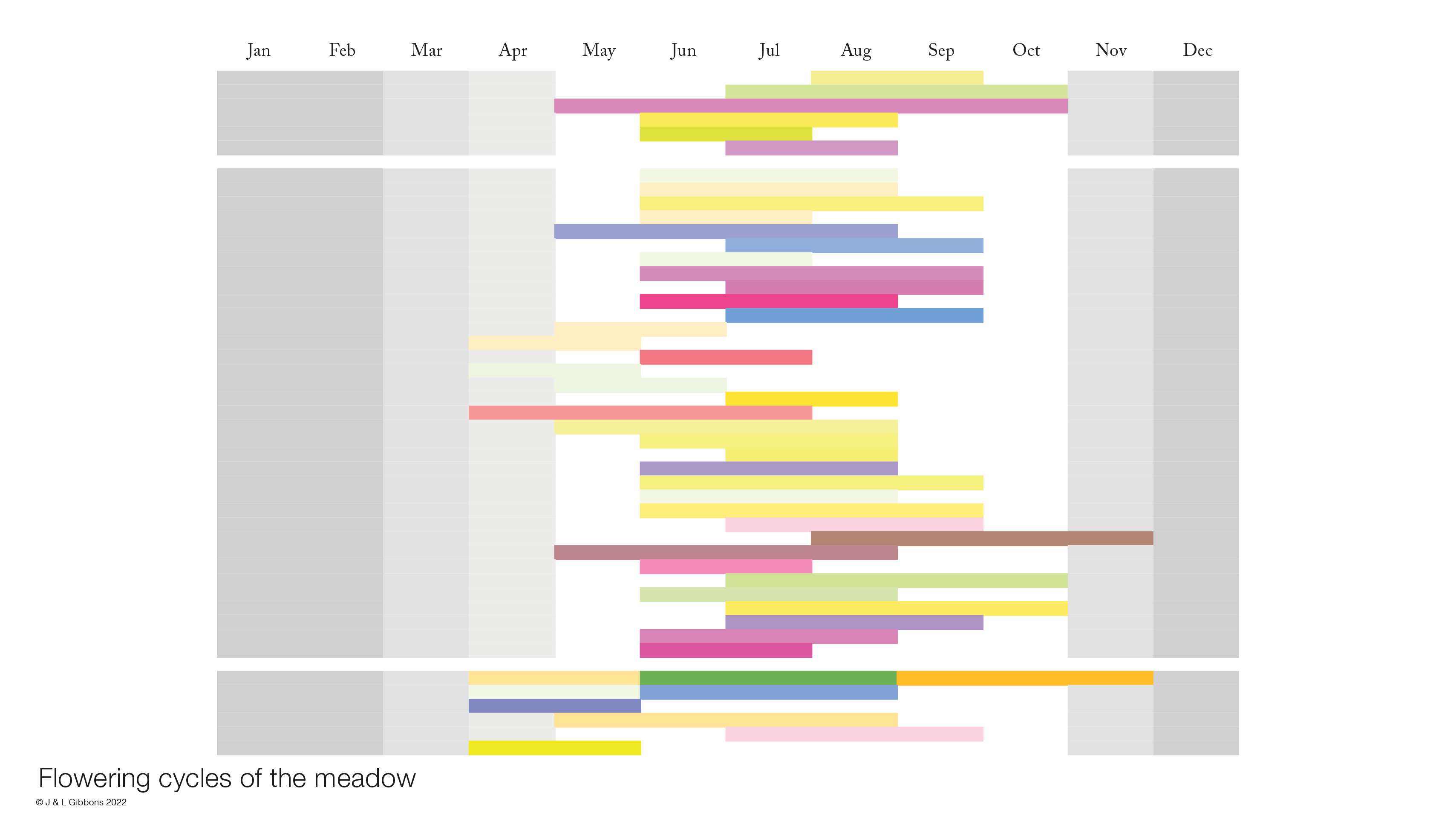
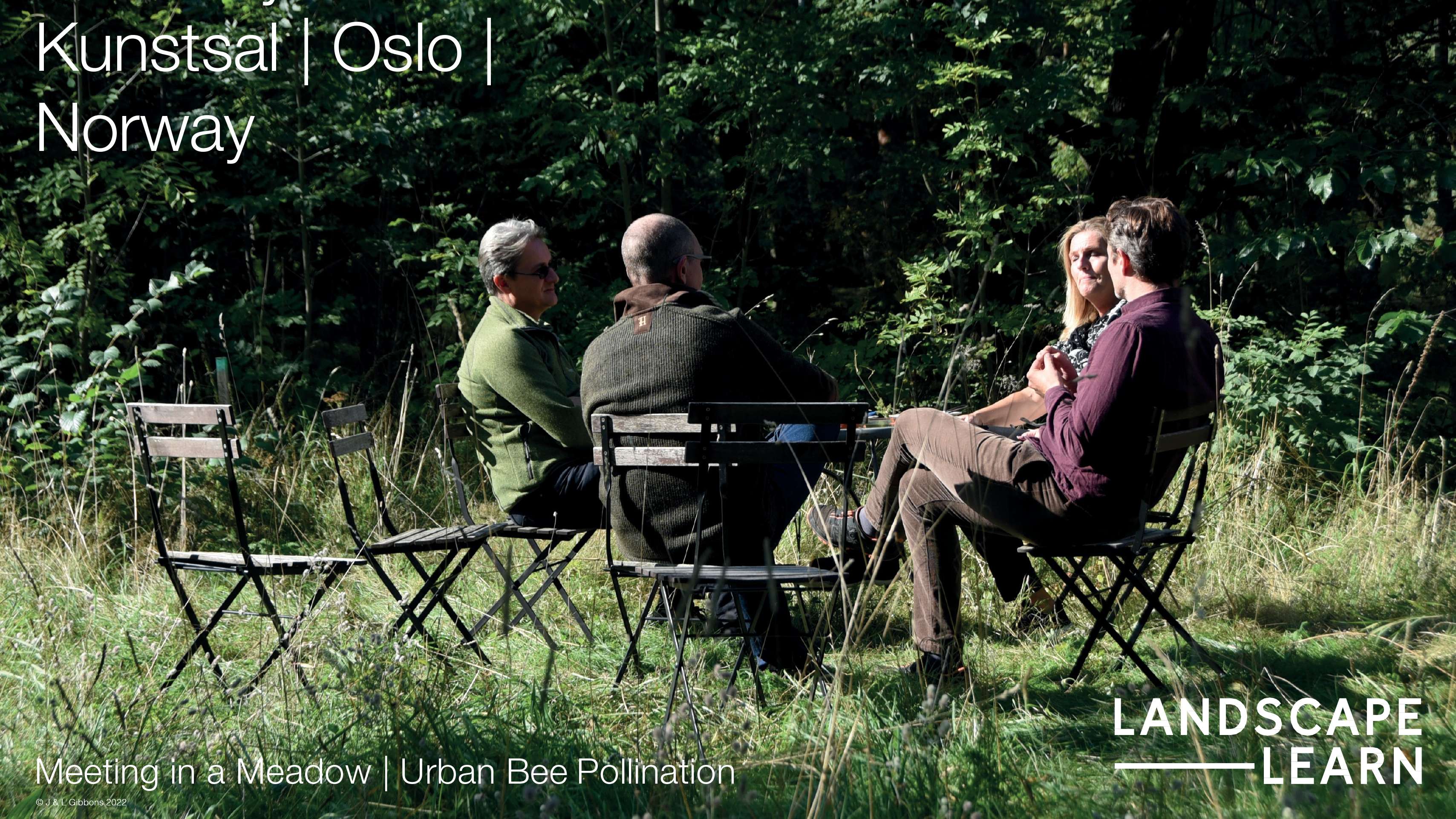
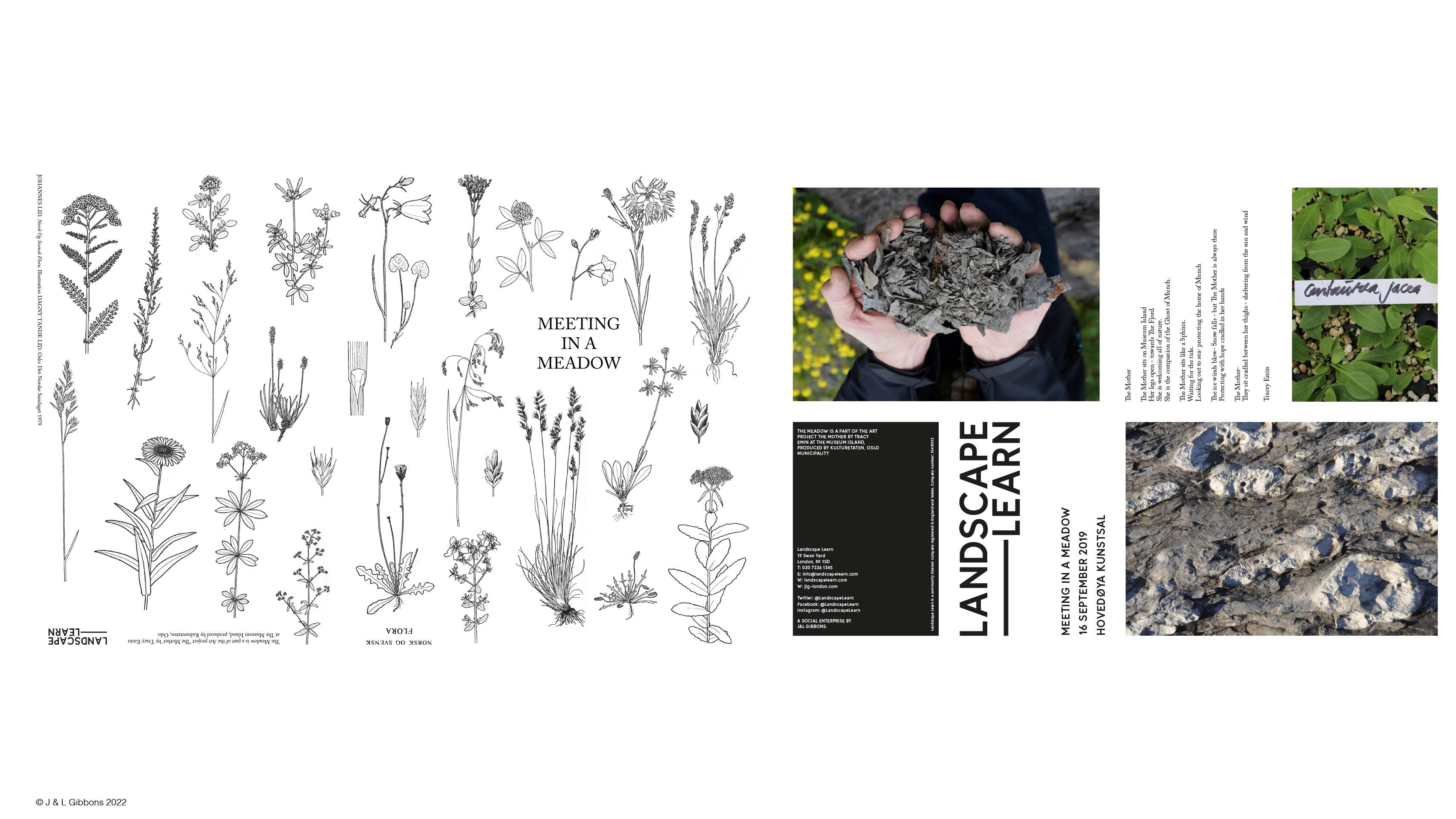
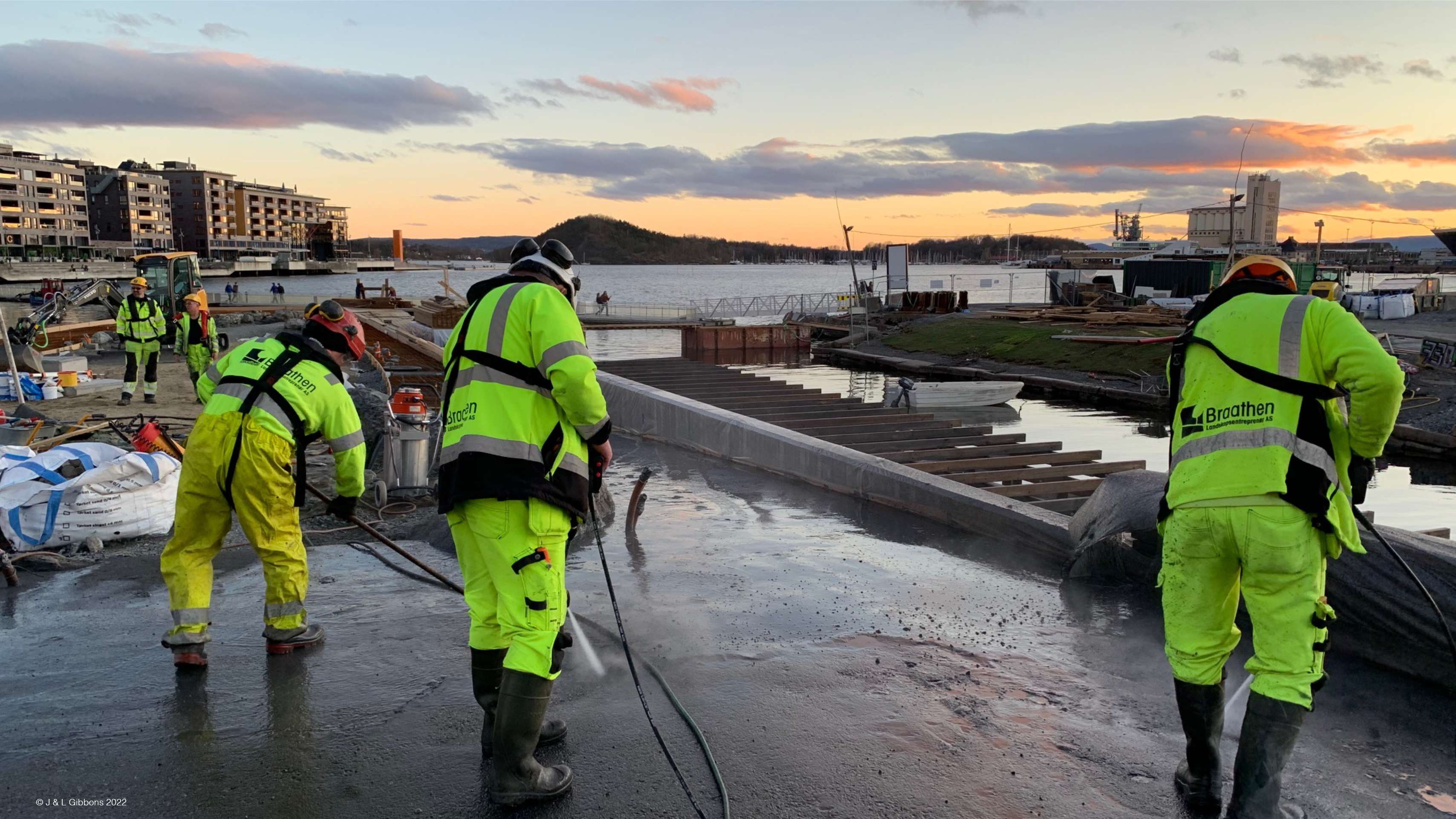
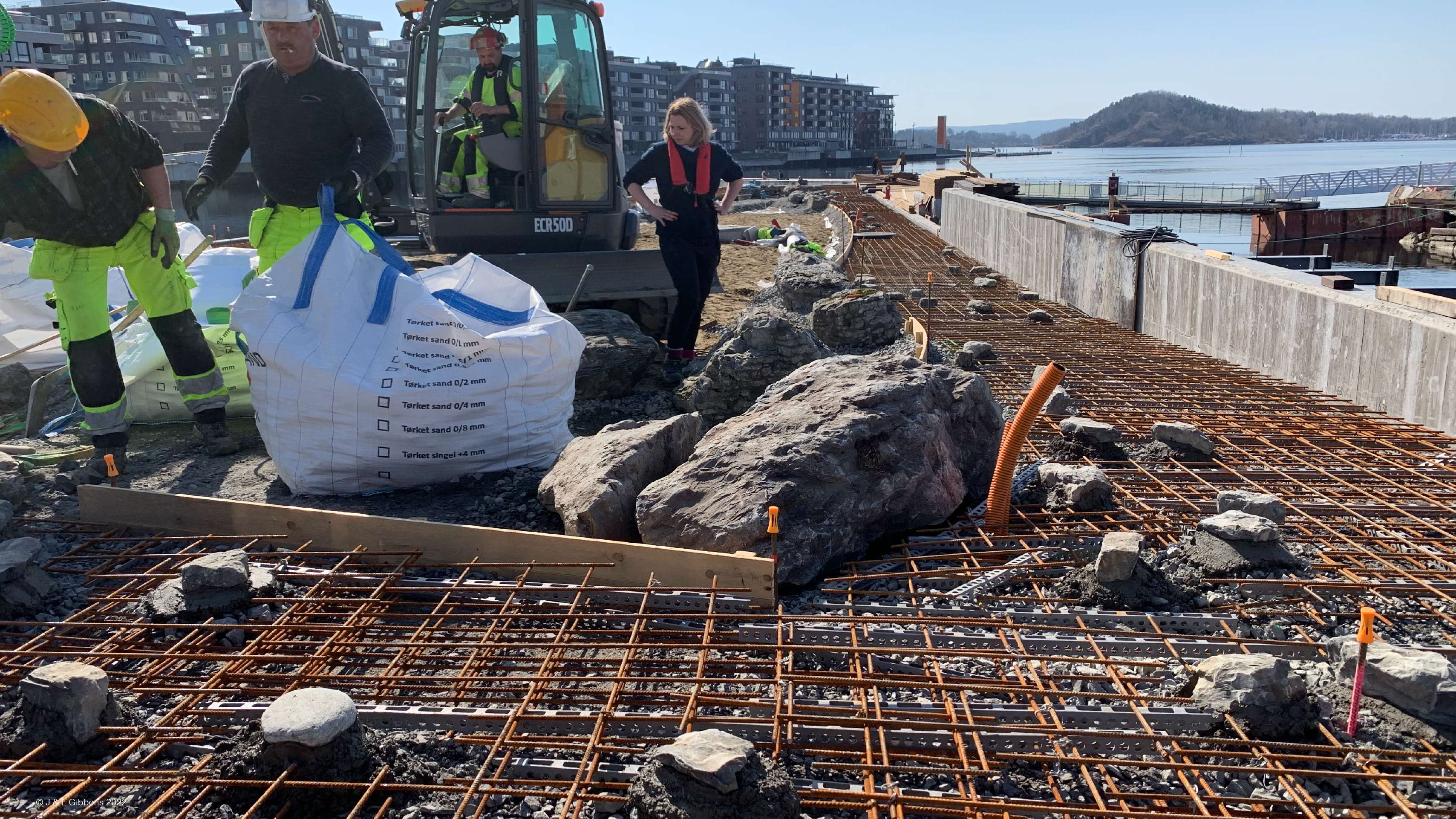

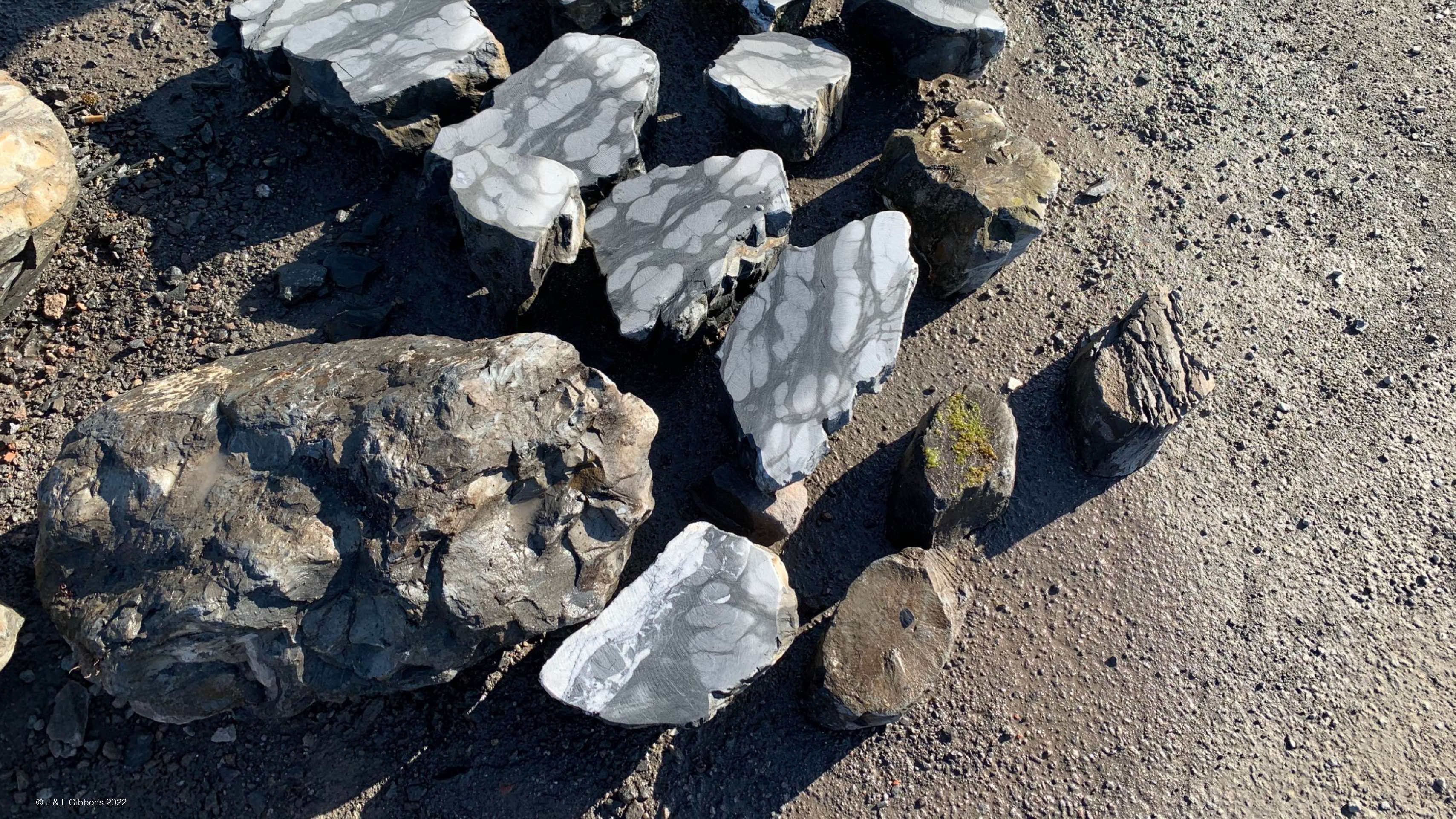
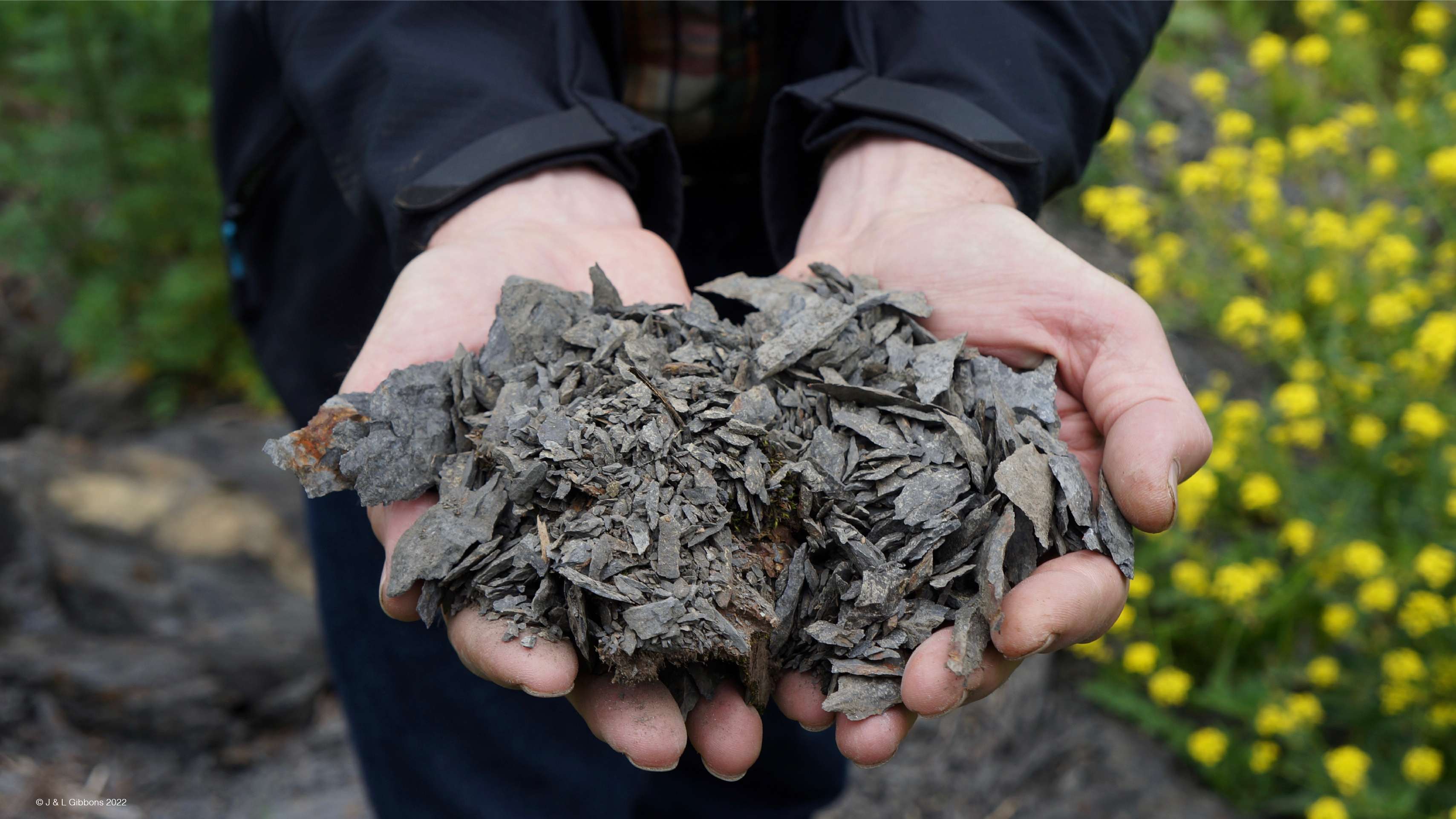
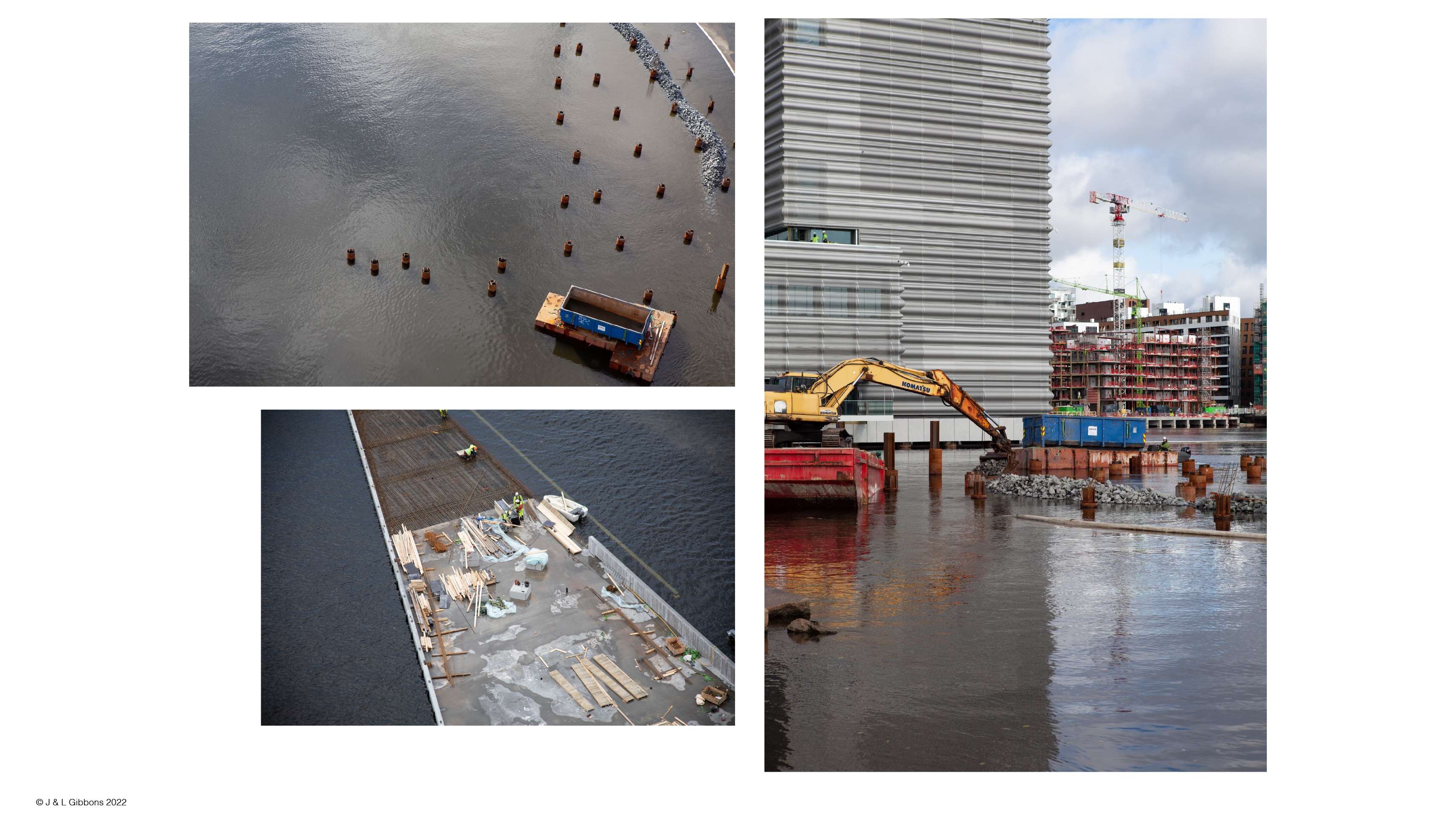

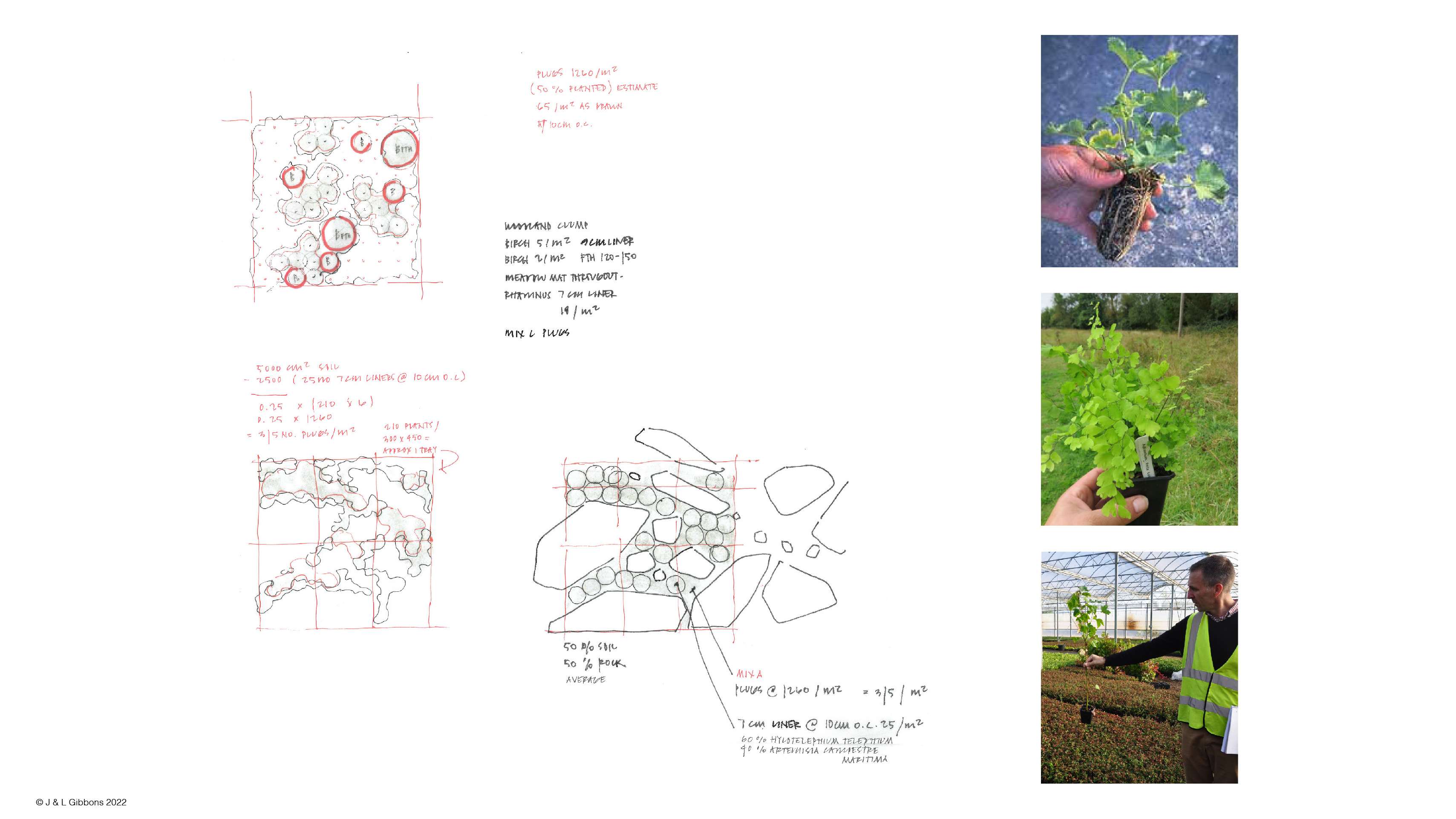
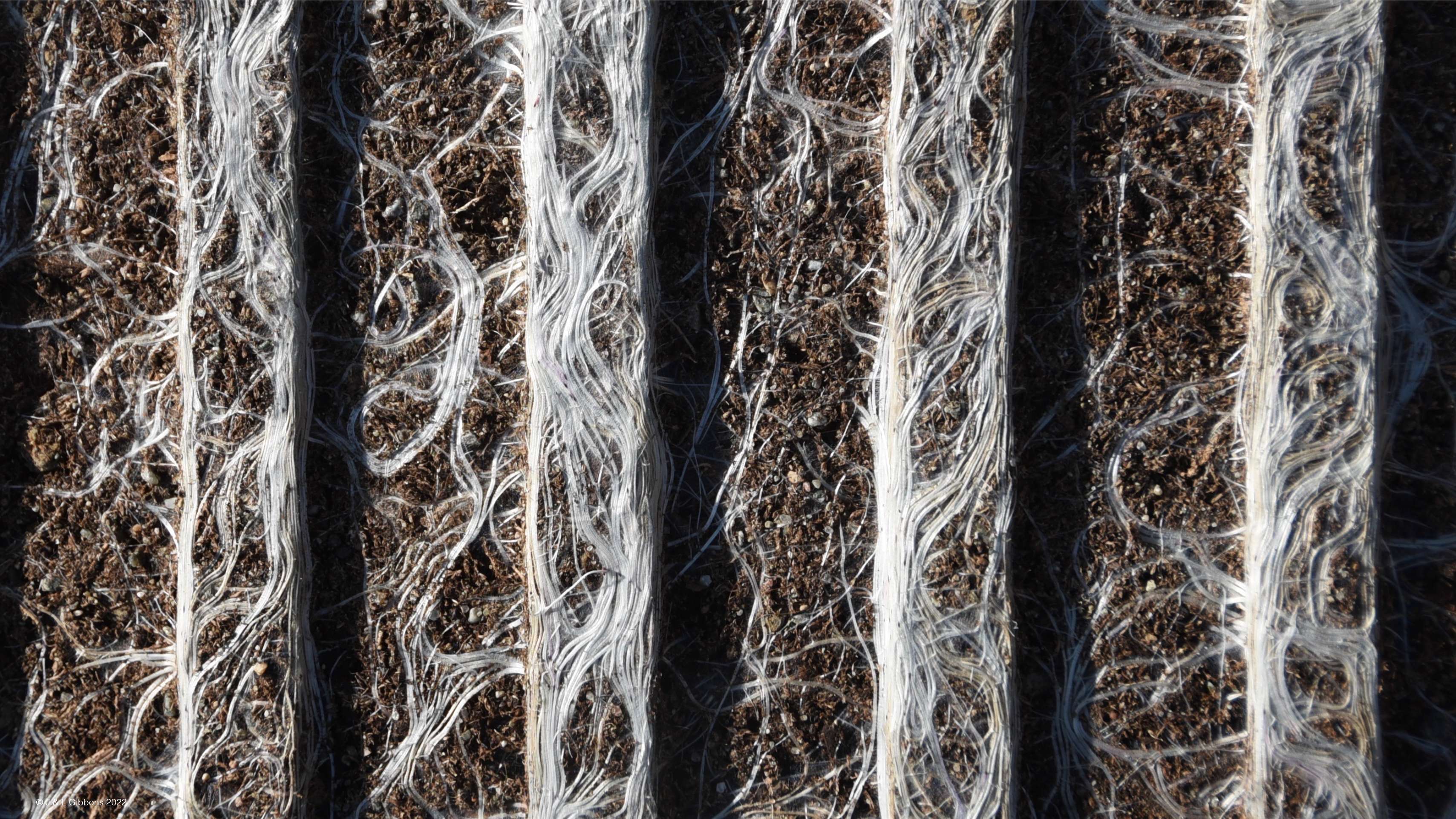

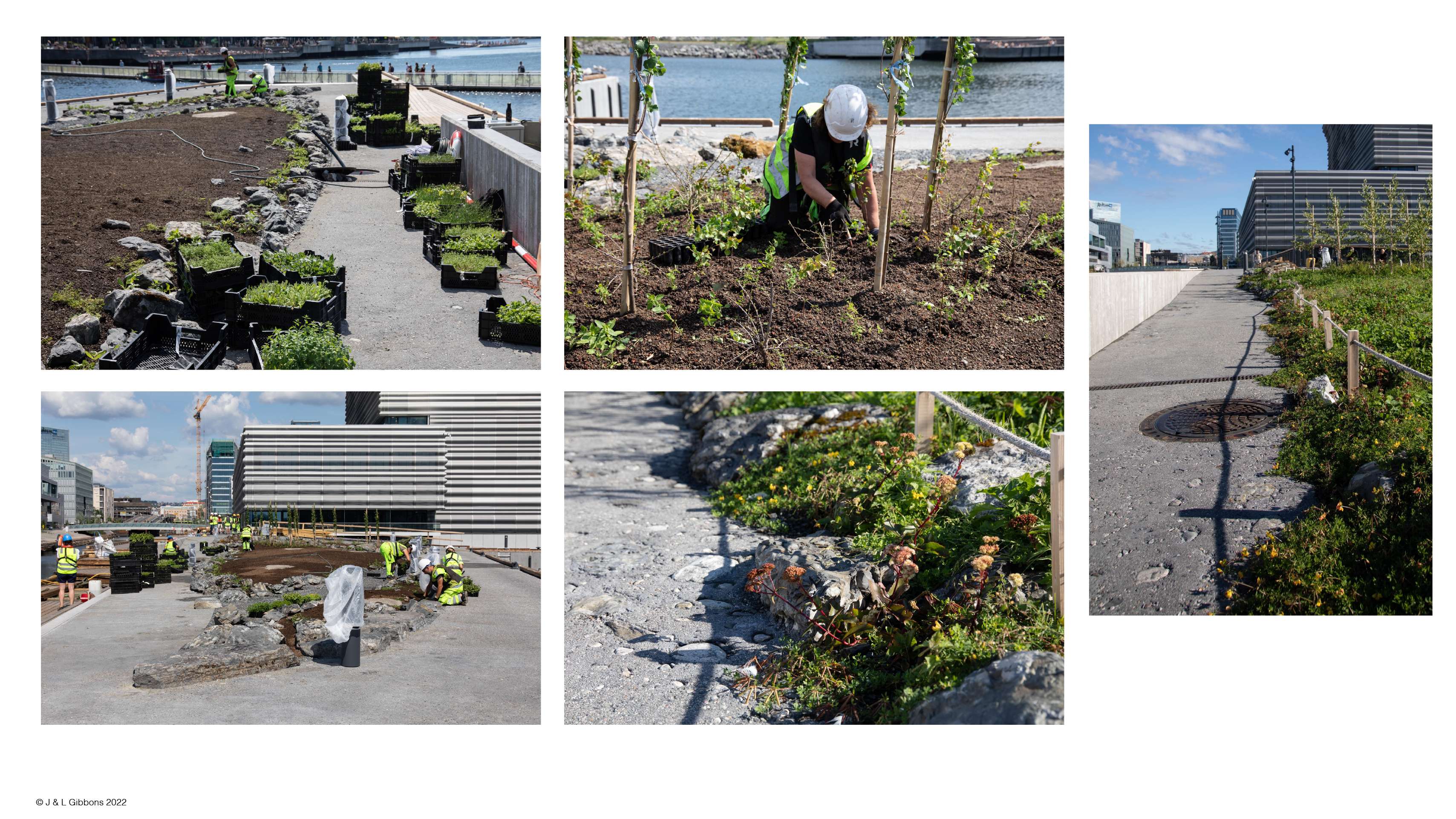
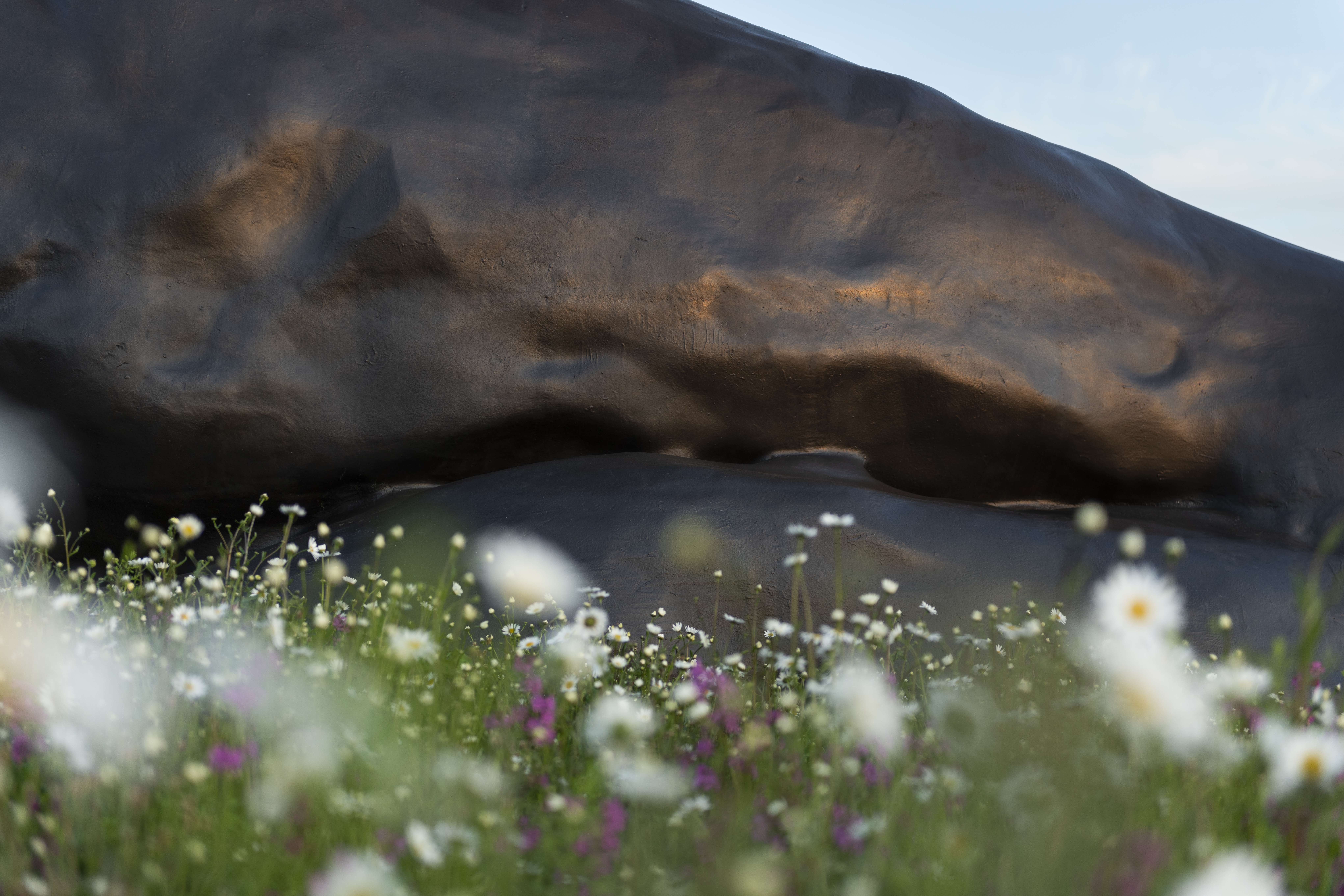
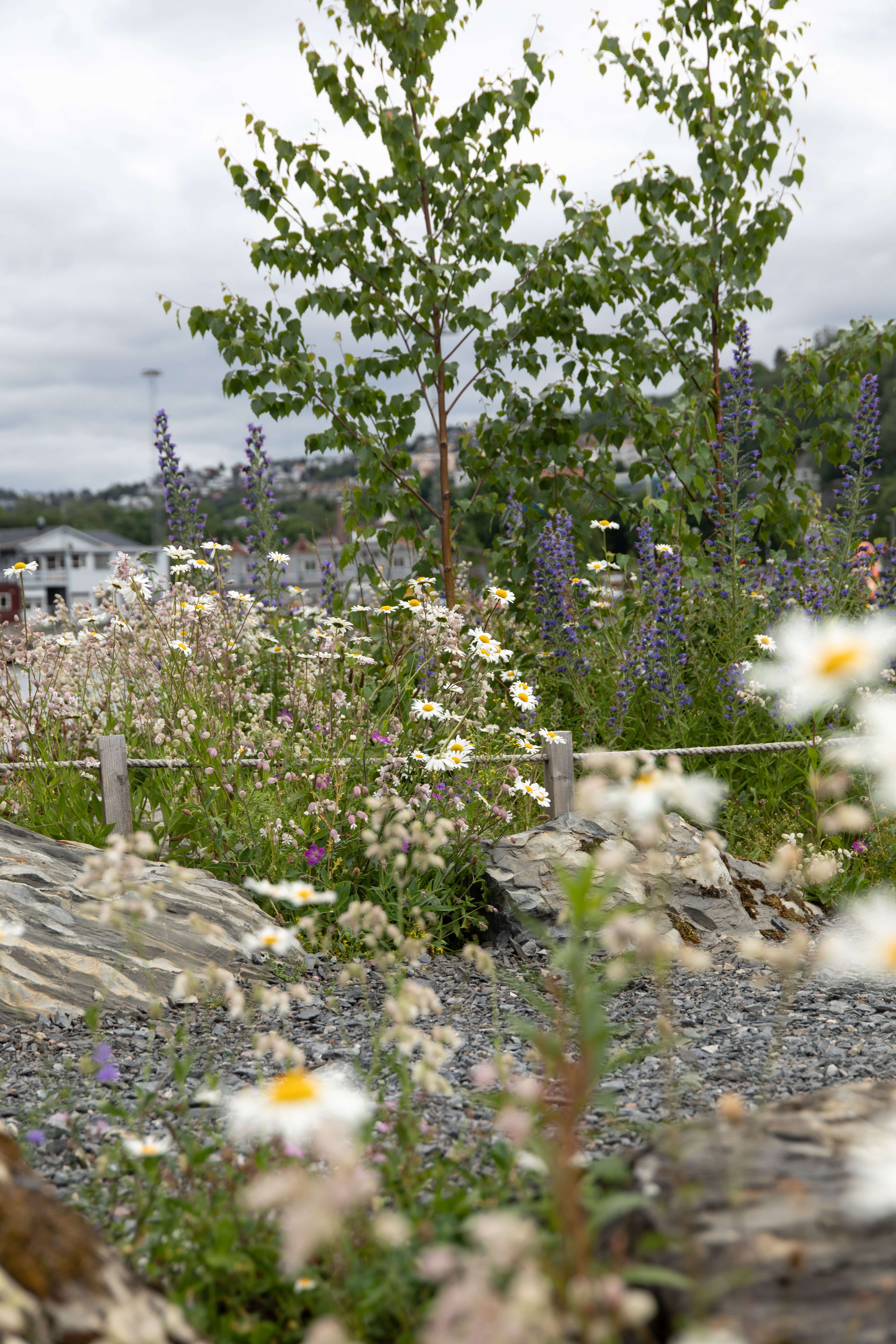
Inger Munch Pier
Inger Munch Pier
Objective of the proposal
The landscape proposal was integral to a major public art commission for Oslo by celebrated British artist, Tracey Emin. The island pier was part of the regeneration of the waterfront and embedded in Estudio Herreros’ 2008 concept for the new Munch Museum. Adjacent to the new museum, this historic timber quay with a breakwater designed to help salmon navigate up the Akerselva River, would be transformed.
Tracey Emin’s proposal, titled The Mother would become part of the City of Oslo’s Public Art Collection. Emin’s proposal reflected a lifelong admiration for Edvard Munch, depicting a female figure of monumental scale, kneeling in a meadow, against the backdrop of the cityscape of Bjørvika. In selecting Emin, it was evident that the existing proposal for the pierhead island landscape – a highly engineered environment – would not meet the artist’s vision of a ‘green and gentle’ place. The immediate setting of this significant new work was, for Emin, an integral part of how the sculpture should be experienced and to achieve this it required a creative collaboration with a landscape architect.
An invited international competition for a Landscape Architect was therefore put in motion, won by J&L Gibbons, to respond to the artist’s vision while creating an inviting and attractive new public realm for the many hundreds of thousands of anticipated visitors, while meeting stringent functional and environmental requirements.
Description of the project
An ambitious environmental restoration project by the Ministry of Environment was set in train in the 1970’s to phase out industry, remediate the landscape and clean the water, once the most polluted in Norway. This has transformed the former industrial port city dominated by the shipbuilding. Where once the urban centre was separated from the breath-taking natural setting of the fjord, the Oslo waterfront is now the focus of a major programme of culture-led regeneration.
Located at the epicentre of the waterfront is Inger Munchs Pier. A new island setting for the City’s most recent major public art commission. The Mother, by Artist Tracey Emin is a seated 9m bronze sculpture, set a ‘natural’ landscape creating an extraordinary new landmark that projects dramatically out into the Oslofjord. A transformed space, connecting new waterside communities and invigorating the urban and cultural context of the Munch.
Inspired by the beauty of the Oslofjord, in an area previously designated an ‘ecological desert’, the landscape concept was to create a Seedbed. A constructed landscape shaped by fluvial processes, allowed to naturally develop over time. Onto a piled concrete slab, carefully mixed soils and aggregates mimic natural conditions to create a biodiverse coastal meadow that echos the geological and natural diversity of the Fjord. Striated local limestone mirroring the underlying geology is integrated with locally collected meadow seed to create an authentic, evocative manmade landscape. Due to its scale, the sculpture alters the microclimate, creating niches of shelter and varying growth patterns to facilitate natural regeneration. The project ethos of ‘design with nature’ focuses on habitat creation, through de-paving and de-engineering to creates a living strata of soil biodiversity, geological illustration, sustainable drainage - a haven of urban nature.
Taking inspiration from the unique coastal ecology; the landscape form reflects the pattern of ebb and flow, the appearance of water drawing back and revealing river gravels, erosion and deposition of the riverbed, while creating fully accessible surfaces. Locally sourced aggregates were mixed with salvaged rocks from the site demolitions and bedrock geology creating a naturalistic meadow edge and giving the impression of the meadow spontaneously emerging from the Pier, while protecting it from the predicted pressure of visitors. Bespoke furniture designed with a simple robust modular form alludes to driftwood washed ashore, warm to sit on and understated in design, so as not to distract from an appreciation of the artwork.
The island structure is permeable with integrated natural attenuation, designed to accommodate rising water levels during storm surges. The concrete raft is punctured. The varying soil depths attenuate stormwater runoff creating a range of growing conditions across the meadow. The undulating conditions form a mosaic of wetter and dryer patches which nurture a wide range of plant species that morror the ecology of the nature reserve of Hovedøya just across the water. The soil mosaic is interspersed with sand patches to provide habitat for solitary burrowing bees, pollinating the new landscape. Local provenance seed and stone were a prerequisite to ensure resilience in the exposed conditions, to reinforce the identity of the place, and to create a recognisable pattern to the landscape that would attract insect life and urban communities. To realise an authentic meadow, J&L Gibbons worked closely with specialist Norwegian growers and seed collectors, to advance procure plug plants propagated only from seed collected in the Oslofjord. Seed and soil that would make the SEEDBED a reality.
Evaluation of the finished work
The Bjørvika peninsula at the mouth of the Akerselva river, is now a significant district in the ‘Fjord City’ urban renewal project, for world-class contemporary and modernist art. It houses the largest collection by pre-eminent Norwegian artist Edvard Munch in Estudio Herreros’ new 13-story Munch Museum that overlooks the Pier where The Mother, evokes the spirit of a mature protector, of hope and fertility. Depicted in a non-idealised female form, the bronze recalls the ubiquitous motives of women in Munch’s work. The Pier creates a living green plinth. A strong physical symbol of biodiversity and ecological restoration for the City of Oslo. Here The Mother kneels in her meadow, and as the artist wished - ‘welcoming of all nature’.
To create the Island structure, 60 piles, 50-meters long, were driven into the Oslofjord, replacing an existing degraded historic timber pier. The piling operation was complex, working exceptionally close to a subterranean motorway tunnel. Yet the intimate coexistence of the dynamic meadow overlay, taking root in front of the new Munch Museum and the monumental bronze with her knees sunk deeply into the soil, creates a poignant narrative of vulnerability and soft feminine power.
The landscape challenges perceptions of natural beauty and urban nature. The landscape is manmade, managed with care as part of the cultural scene, yet it sems as if it has sprung up around the knees of the bronze spontaneously. It embraces time in a dynamic cycle with a vision for its long-term stewardship focused on creative conservation, research in urban bee pollination and bringing delight.
Now a flourishing public space which provides a place to swim, sunbathe, fish, sit, dream, and admire the art. A moment to marvel at the beauty of the wildflowers in the heart of the city, that have taken to naturally self-seed across the pier, as if to endorse the careful work. A deep ecology which is evolving into an oasis for urban bee pollination. A place for life, nature and art to co-exist - a statement of what good city making can be.
Artist’s statement, Tracey Emin CBE:
“Tracey Emin would like the landscape to be like a natural meadow, organic, and beautiful. It should be a simple garden landscape that doesn’t appear expensive. It should seem green and gentle, like a garden with wildflowers changing with the season. Wild, simple, grass and flowers around. Light, like she (The Mother) is sitting in the field.”
